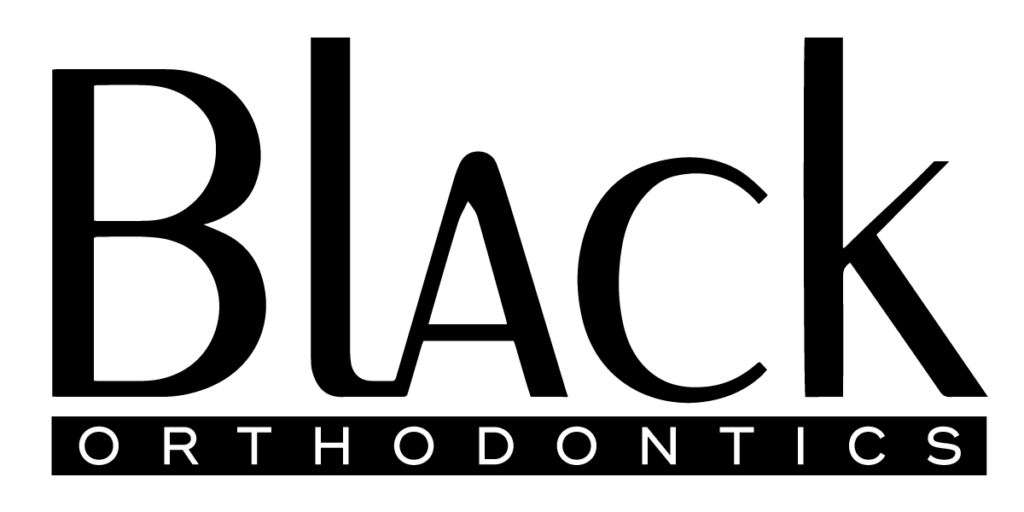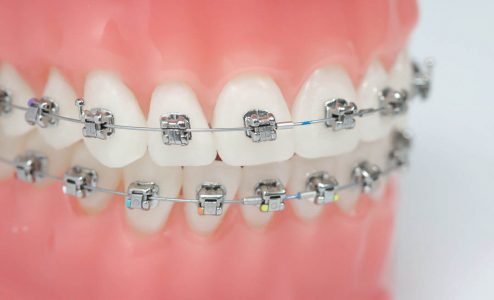 If you’re doing research to see if braces might be a good fit for you or a loved one, then you’ve probably noticed there’s quite a few options out there. It can all feel a bit overwhelming to sort through, but having a large variety of options is also good news! Now, patients have more options than ever before, which means it’s easier than ever to find an approach that suits your lifestyle, preferences, and budget. In this blog, we’ll help you answer the question “what are all the different types of braces?” and explain the pros and cons of each type.
If you’re doing research to see if braces might be a good fit for you or a loved one, then you’ve probably noticed there’s quite a few options out there. It can all feel a bit overwhelming to sort through, but having a large variety of options is also good news! Now, patients have more options than ever before, which means it’s easier than ever to find an approach that suits your lifestyle, preferences, and budget. In this blog, we’ll help you answer the question “what are all the different types of braces?” and explain the pros and cons of each type.
Self-ligating braces
While self-ligating braces are somewhat similar in appearance to traditional metal braces, they feature an important difference. Traditional braces require elastic bands to attach the archwire to the bracket (bands that must be periodically tightened or replaced by an orthodontist), but self-ligating braces use a sliding mechanism to directly connect the brackets and archwires.
Self-ligating braces have exploded in popularity over the last 10-15 years. That’s because they allow teeth to move gently on their own, a process that requires less force and friction to achieve precise tooth alignment while also reducing the number of mandatory office visits. Those are just some of the many reasons why Black Orthodontics proudly offers Damon System Braces®, which we regard as the best self-ligating braces available today. Other pros and cons include:
Pros
- More efficient office visits (and less of them): Since self-ligating braces gradually move with the natural forces of your mouth, tightening over time, there’s no need for additional elastic-tightening appointments. Their streamlined design also makes it much easier to clean the braces and to quickly swap archwires, reducing the time required for those activities
- Faster, more comfortable treatment: While it depends on each patient’s unique situation, self-ligating braces like the Damon System can reduce treatment time by up to six months. The gentler, more natural self-ligation and smaller profile brackets also reduce the discomfort traditionally associated with tightening bands and wearing more intrusive hardware.
- Multiple aesthetic options: With options for both metal brackets and/or clear or tooth-colored ceramic brackets, patients can choose a more discreet look if they prefer.
Cons
- Higher cost: Typically, the more advanced, state-of-the-art self-ligating braces can cost more than traditional metal braces. Fortunately, we believe that our patients should have the best technology available – without additional costs – and our prices for Damon braces are comparable to other treatments. Black Orthodontics also offers highly competitive, flexible financing so our patients can achieve the smile of their dreams
- Initial irritation: Although self-ligating braces have been reported to have less overall discomfort during the course of treatment, many patients experience some initial soreness while they adjust to their new braces.
- Visibility: Even with clear ceramic brackets, there will be a visible metal wire running across a patient’s teeth. Some patients may prefer an even more discreet option, such as clear aligners.
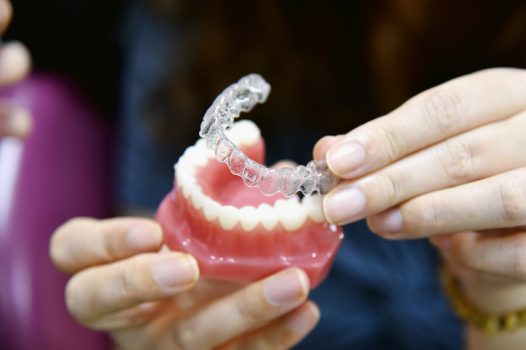
Clear aligners
Like self-ligating braces, clear aligners are another extremely popular option that Black Orthodontics is proud to provide to our patients. However, clear aligners don’t resemble braces much at all. Instead, clear aligners patients gradually advance through a series of custom-made, removable plastic aligners (typically 18-30 aligners in total), changing them about every two weeks as their treatment progresses. As the name suggests, clear aligners are functionally invisible, which largely accounts for its recent explosion in popularity. Other pros and cons include:
Pros
- Flexible with various lifestyles: Because they are easily removed at any time, patients can eat and drink whatever they want, play sports without the fear of potential mouth injuries caused by metal braces, and floss and brush their teeth more easily.
- Metal-free comfort: Forget the days of metal brackets that poke, scratch, or otherwise irritate your gums. These thin, comfortable aligners negate that common complaint.
- Appearance: It’s hard to overstate just how understated, low-profile, and discreet these aligners are, which makes them a great fit for working professionals as well as teenagers.
Cons
- Not for everyone: For more severe issues, clear aligners may not be an effective treatment option. If your child is particularly forgetful, that can also be a problem, which is why we generally recommend clear aligners for older teens and adults.
- Cost: Clear aligners typically cost more than traditional metal braces, but again, the affordable, flexible financing at Black Orthodontics can help mitigate this issue. Depending on the case, we also price our clear aligners at the same – or less than – other types of braces. Some cases can be more quickly and better treated with clear aligners, such as anterior open bites.
- Staining: Without proper care and caution, some food items like chocolate or red wine can stain your clear aligners. However, patients change their trays so often that staining isn’t typically a concern.
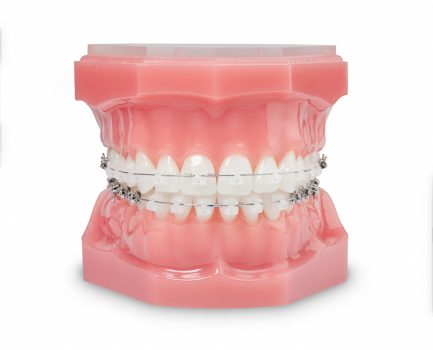
Clear braces
Clear ceramic braces, like the Damon Clear braces offered by Black Orthodontics, are similar in size, shape, and function to metal braces. They offer a similar treatment time as well, with the only real difference being their appearance. Ceramic brackets are typically clear or tooth-colored, and the accompanying archwires can sometimes be colored as well to make their appearance more discreet. Pros and cons include:
Pros
- Nice balance of speed and low visibility: While ceramic brackets are typically a bit more noticeable than clear aligners, patients may see a noticeable difference earlier in their treatment.
- Fewer, more efficient office visits: A ceramic option like Damon Clear offers all the same efficiencies of metal self-ligating brackets: easier cleaning, faster wire swaps, and no appointments for tightening elastics.
Cons
- Cost: Typically, this option is going to cost a little more than comparable metal brackets. At Black Orthodontics, however, we do not upcharge for clear braces, and the price is the same as metal options.
- Staining: Similar to clear aligners, clear braces can be vulnerable to staining without proper care.
- Occasional discomfort: Although it’s not typical, ceramic brackets can sometimes break or become too long and poke a patient’s gums or cheeks.
- Durability: These braces are usually made of ceramic and/or plastic materials, which are more prone to distortion. Heavy bites forces can compromise these weaker materials, so some patients may want to avoid this option
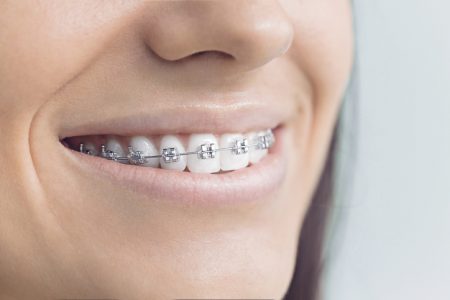
Traditional metal braces
These are the typical metal brackets most people envision when they hear the term “braces.” Fortunately, modern metal brackets are smaller and more discreet than the bulky appliances of yesteryear. While they do require elastic ties that must be swapped out during each tightening appointment, many orthodontists are now utilizing heat-activated archwires that work faster and with less discomfort. Patents looking at traditional braces should consider these factors:
Pros
- Coverage: While other solutions may not be a good fit for patients with more severe orthodontic issues, traditional braces can handle almost any malocclusion or misalignment issues.
Cons
- Aesthetics: Metal brackets are the most noticeable option on the market, although one upside is that younger patients often enjoy choosing a fun color for their elastic bands.
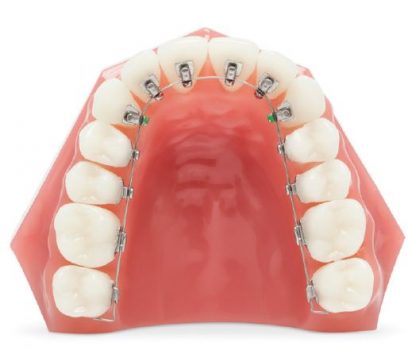
Lingual Braces
Lingual braces are generally made from the same materials as traditional braces. However, the brackets and wires are placed on the back of teeth to be more discreet. While that may seem like a desirable approach, it’s not a good solution for all orthodontic issues, so it’s important to consider the full list of pros and cons:
Pros
- Appearance: For those who are feeling self-conscious about seeking orthodontic treatment, lingual braces can offer a more discreet option.
- Speed: If lingual braces are indeed a good fit for a patient’s specific needs, then they tend to work faster than traditional braces.
Cons
- Not for everyone: More severe orthodontic cases will rule out lingual braces as an option. They are also difficult to clean and require longer, more difficult adjustment appointments, so lingual braces may not be appropriate for younger, less patient children.
- Cost: Typically, lingual braces will cost more than traditional metal braces.
- Discomfort: Because they are placed on the back of the teeth, it’s more likely that lingual braces will come in contact with and irritate the tongue.
- More difficult installation and maintenance: It is harder for orthodontists to work on these braces due to a limited field of view (not to mention having to work around the tongue). It’s also more difficult to keep the teeth dry, which is critical when bonding brackets to the teeth. Otherwise, brackets may detach from the tooth.
Find the right types of braces for your family at Black Orthodontics
When you trust the team at Black Orthodontics with your family’s smiles, you can rest easy knowing that we provide a variety of effective options. We work closely with each patient to ensure they understand all the different types of braces and are able to find the treatment option that’s right for their lifestyle and budget, including Damon System self-ligating braces and clear aligners. If you’re ready to achieve the smile that you deserve, reach out to us today!
